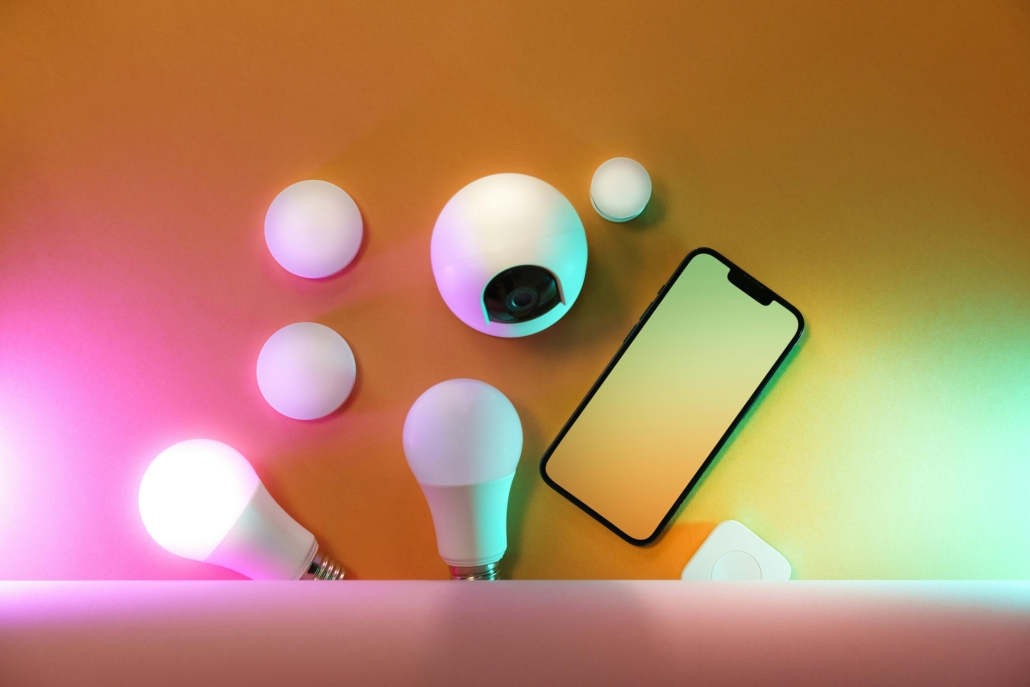Why Smart Lighting Is Dominating the Market

The way we light our homes and businesses has changed more in the past five years than in the previous fifty. Once considered a simple utility, lighting has become an integral part of smart living — improving comfort, security, and energy efficiency. As technology continues to evolve, smart lighting is rapidly becoming a standard feature in homes, offices, and even city infrastructure.
The Shift Toward Energy Efficiency
One of the biggest driving forces behind the rise of smart lighting is energy efficiency. Traditional bulbs waste power and require frequent replacement, while smart LED systems can cut energy use by up to 75%. These systems integrate sensors and automation, ensuring lights are on only when needed — a major win for both the environment and consumers’ wallets.
💡 Smart Tip: Pairing motion or daylight sensors with LED bulbs can dramatically lower long-term energy costs for households and businesses.
Convenience Through Automation
Today’s consumers expect convenience and control. Smart lighting meets that demand by allowing users to control brightness, color, and scheduling directly from smartphones or voice assistants like Alexa or Google Home.
Imagine your lights automatically dimming in the evening, turning off when you leave, or syncing with your morning alarm — all hands-free.
Automation isn’t just a luxury; it’s becoming a standard expectation for tech-savvy homeowners.
Integration With Smart Home Ecosystems
Smart lighting doesn’t exist in isolation — it’s a key part of the broader smart home ecosystem. It integrates seamlessly with devices like thermostats, cameras, and energy monitors.
For example, a motion sensor triggering a hallway light can also prompt a security camera to activate. Businesses benefit too — smart lighting can tie into building management systems to optimize energy use and monitor occupancy.
This kind of interconnected intelligence is driving adoption across residential, commercial, and industrial markets.
The Rise of Customization and Design Appeal
Smart lighting offers something traditional systems never could — personalized ambiance.
Color-changing bulbs, tunable white light, and app-based scene control let users create moods that match their activity — from warm, cozy lighting for movie nights to bright white for productivity.
Designers and architects are embracing this flexibility, using smart lighting to add both style and functionality to modern spaces.
Cost Savings and Long-Term Value
While smart lighting products can cost more upfront, their longevity and efficiency provide better long-term value. With LEDs lasting tens of thousands of hours, and smart controls reducing unnecessary use, customers see real savings over time.
Businesses benefit from reduced maintenance costs and improved sustainability metrics — a key advantage as more companies adopt ESG goals.
Future Outlook
As AI and IoT (Internet of Things) continue to advance, the next generation of smart lighting will offer even more possibilities:
- Adaptive brightness that responds to natural light levels
- Integration with renewable energy systems
- Predictive maintenance through real-time diagnostics
In short, smart lighting is no longer a trend — it’s the foundation of the connected environment.
Smart lighting’s dominance comes from more than convenience — it reflects a cultural and technological shift toward efficiency, personalization, and connectivity. Whether for homes, offices, or retail spaces, lighting has become a smart investment in comfort and sustainability.
At Watt Wise LLC, we continue to explore and share insights on products that drive innovation and efficiency in everyday life.

